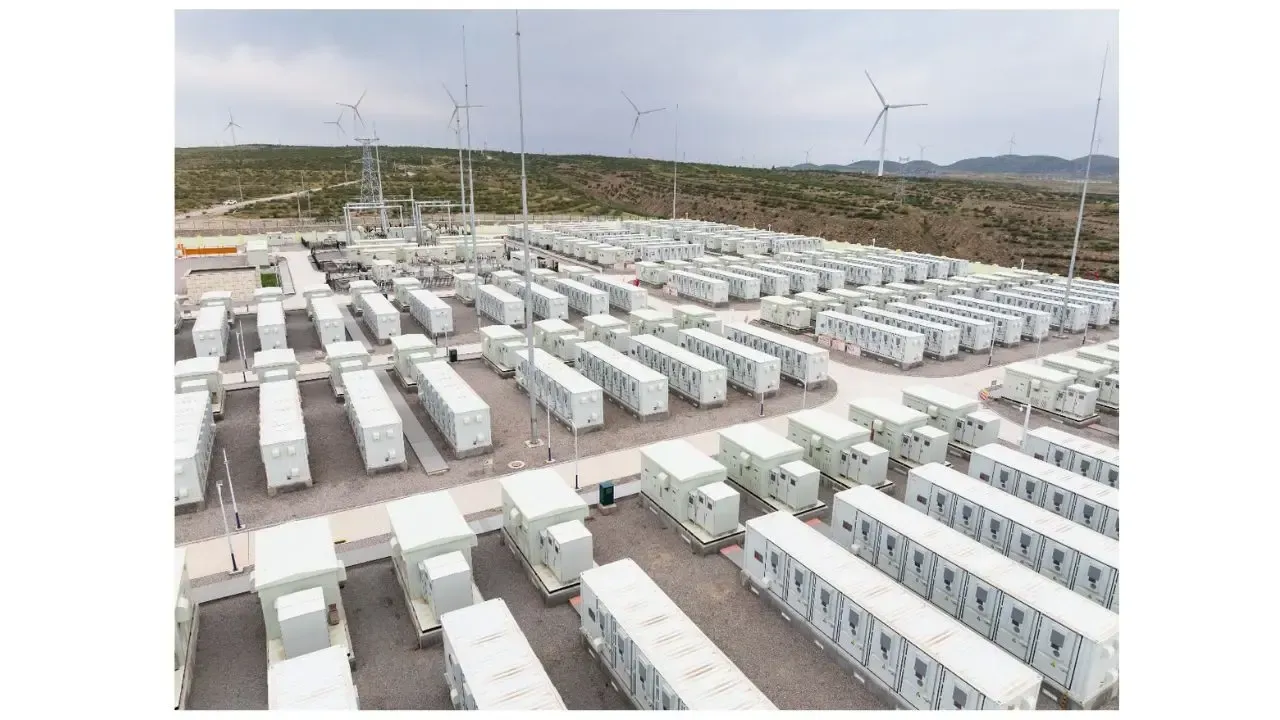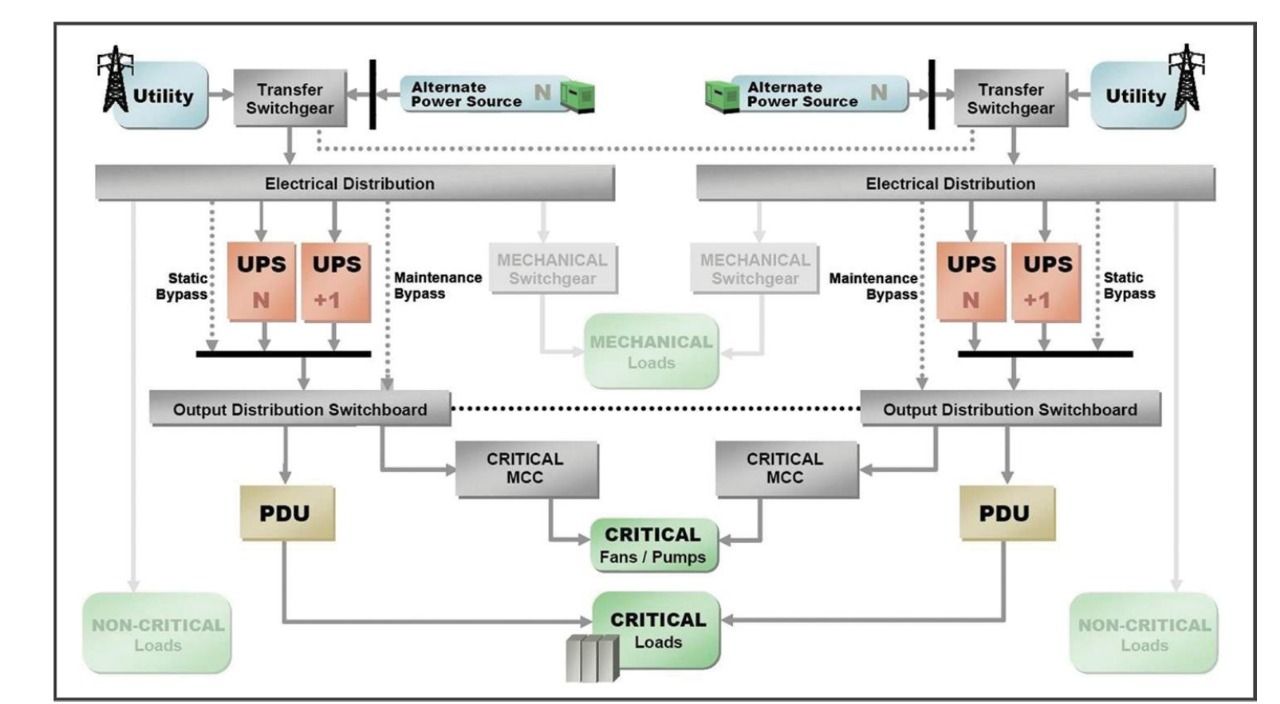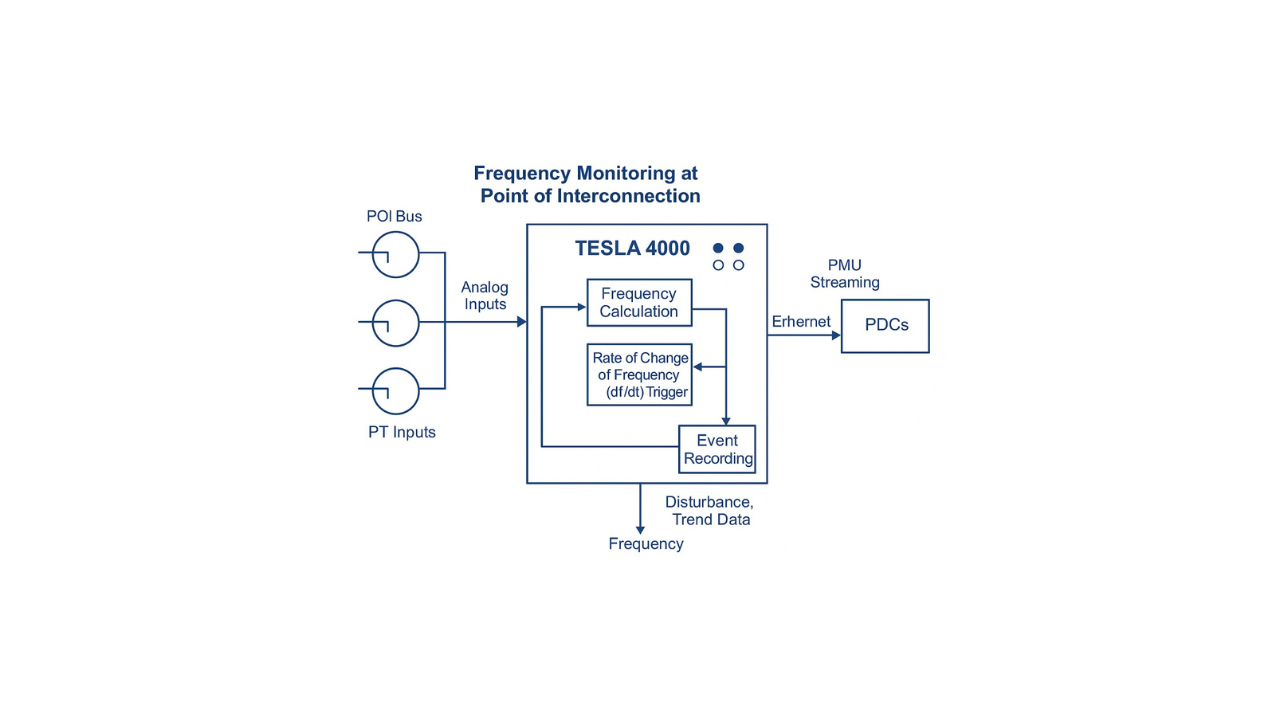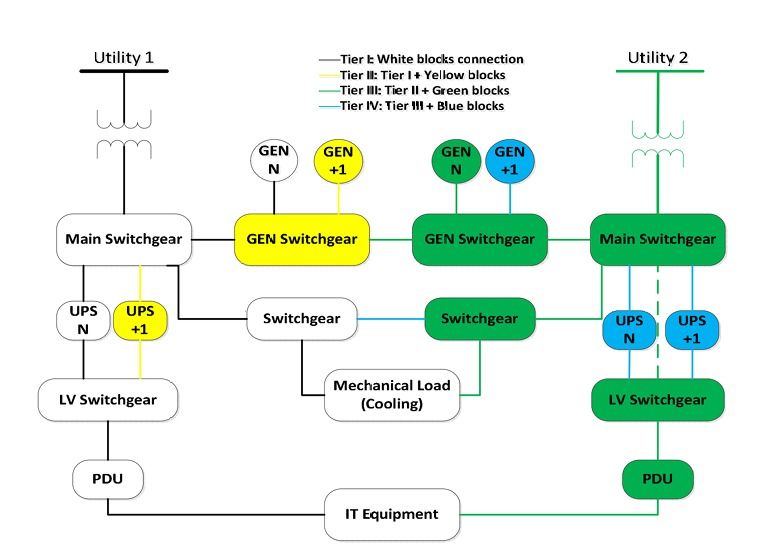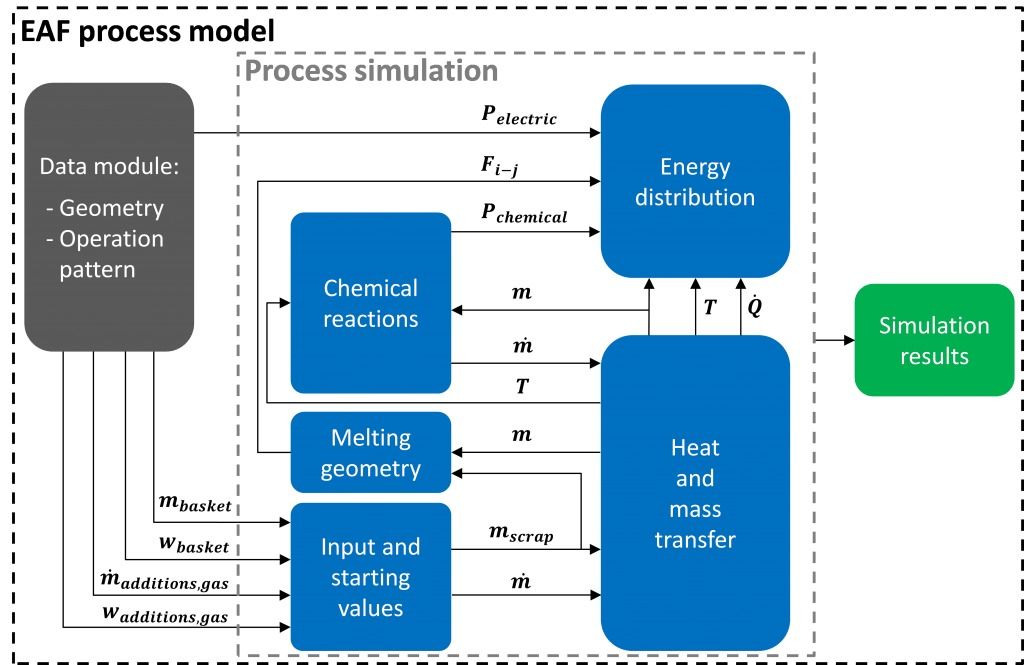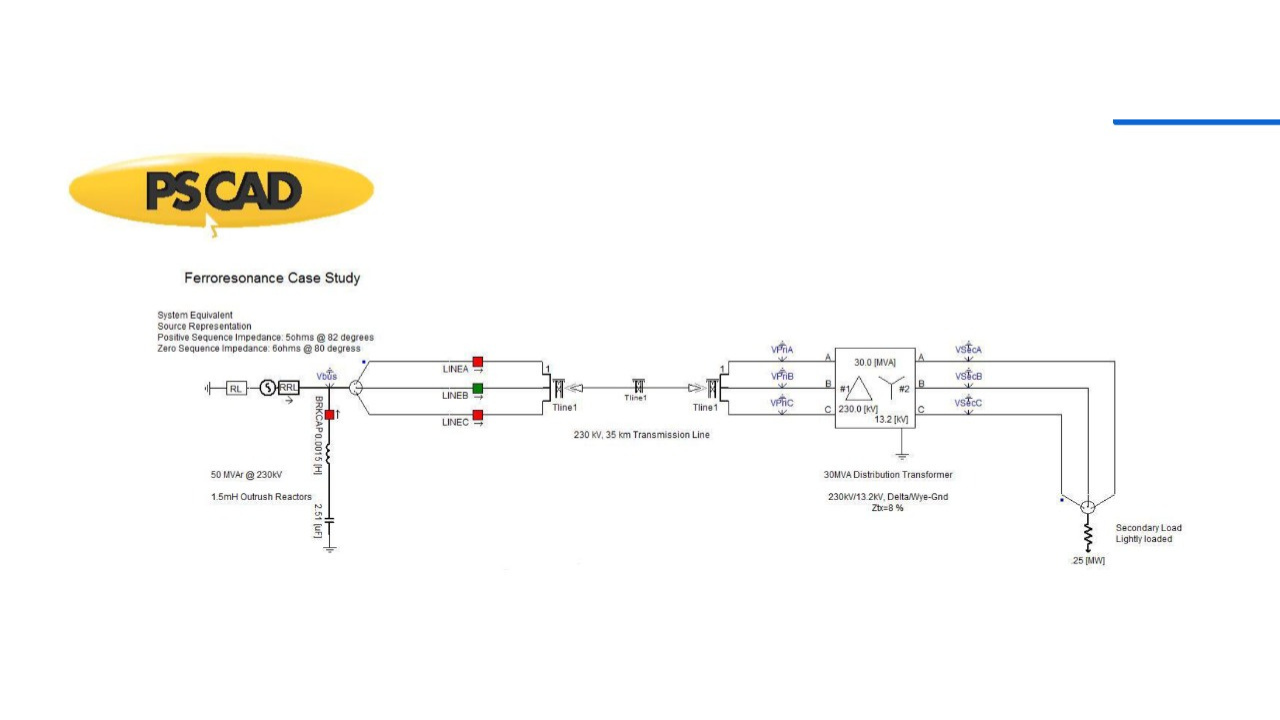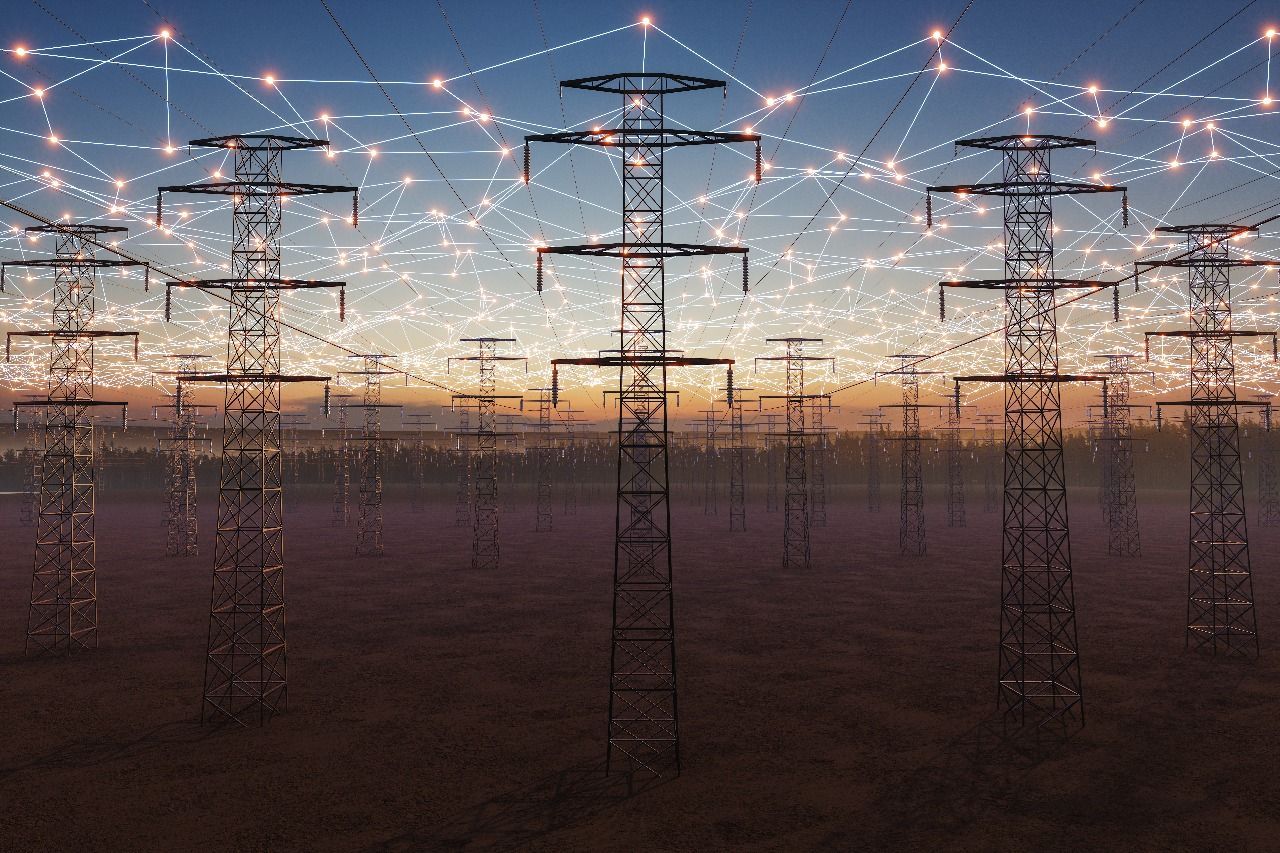Grounding System Design Excellence: Leveraging SES RESAP for Precision Soil Resistivity Modeling
May 27, 2025 | Blog

Introduction
In the realm of electrical engineering and safety, grounding systems serve as the invisible armor protecting people, equipment, and infrastructure. At Keentel Engineering, we emphasize not just proper grounding but scientifically verified, site-specific soil modeling for every substation, transmission line, or industrial facility. The backbone of this approach is RESAP, a specialized software module within the SES CDEGS suite, designed for soil resistivity interpretation and modeling.
This article dives deep into RESAP—its principles, methodologies, algorithms, and real-world applications—while showcasing how Keentel uses it to ensure electrical safety, NERC compliance, and project efficiency.
What is RESAP?
RESAP (Resistivity Analysis Program) is a CDEGS module developed by
Safe Engineering Services & Technologies Ltd. (SES) that interprets soil resistivity measurement data to produce equivalent multilayer or exponential earth models.
RESAP is critical for:
- Substation grounding design
- Transmission line impedance calculations
- Cathodic protection studies
- Electromagnetic induction (EMI) analysis
It processes data from industry-standard measurement configurations like Wenner, Schlumberger, and generalized four-point methods.
Why Soil Modeling Matters in Grounding Design
Grounding design begins with one foundational question: What lies beneath?
Soil resistivity directly influences:
- Step and touch voltages
- Ground potential rise (GPR)
- Conductor sizing
- Electromagnetic interference (EMI) exposure
Without a clear picture of soil stratification, grounding designs can be dangerously under- or over-engineered. RESAP offers accurate analysis to optimize material usage and enhance safety margins.
Key Features of RESAP
1. Multiple Earth Structures Supported
- Horizontal multilayer models
- Vertical layer interpretations (up to two layers)
- Exponential resistivity variation with depth
2. Sophisticated Curve Fitting Algorithms
Algorithms used include:
- Steepest Descent
- Levenberg-Marquardt
- Fletcher-Powel
- G-Conjugate Gradients
- Simplex (for specific cases)
Each algorithm minimizes the difference between measured and modeled resistivity curves using least-square optimization.
3. Flexible Data Input Interfaces
- Windows Toolbox (SWIMS)
- Command-line Interface (SICL)
- ASCII .F05 input files
- Manual input editing
Data Input and Soil Measurement Methods
Measurement Techniques
Three primary configurations are supported:
- Wenner Method: Equally spaced electrodes
- Schlumberger Method: Widely spaced outer electrodes, shorter inner spacing
- General Method: Arbitrary spacings for difficult terrain
Data Requirements
Each test point requires:
- Probe spacing (a)
- Apparent resistance (V/I)
- Electrode depth (for both current and potential rods)
Dealing with Noise
In noisy environments (e.g., substations near live lines), Keentel uses:
- Variable frequency sources (e.g., 70 Hz)
- Selective voltmeters
- Broadband ammeters
This approach ensures accurate resistivity readings, even in interference-rich environments.
Algorithm Spotlight: Levenberg-Marquardt vs Steepest-Descent
Levenberg-Marquardt (LM)
- Fast convergence (up to 10x faster)
- Requires more measurement points
- Sensitive to initial conditions
Steepest-Descent
- More robust in complex/noisy conditions
- Supports fewer data points
- Slower but reliable for multi-layer models
At Keentel, we match algorithm choice to project conditions and client timelines.
RESAP Input File Structure and Execution
A RESAP input file typically contains the following modules:
- OPTIONS – Units and run ID
- MEASUREMENTS – Probe data and methodology
- SOIL-TYPE – Horizontal or vertical layering, number of layers
- OPTIMIZATION – Algorithm selection and iteration settings
- COMPUTATIONS – Filters and step sizes for convergence
Each module is hierarchically structured and allows for automated or manual intervention to fine-tune model accuracy.
Sample Case Studies from RESAP
Two-Layer Soil Model
- RMS Error: ~15.6%
- Layers: 364.6 ohm-m (top), 63.7 ohm-m (bottom)
- Application: Simple substations with clear stratification
Three-Layer Soil Model
- RMS Error: ~5.85%
- Application: Sites with clay overlay on sandy substrate
Five-Layer Complex Model
- RMS Error: ~2.47%
- Layers include high-resistivity rock layer and moist loam
- Ideal for utility-scale solar plants or GIS substations
RESAP in Real-World Projects
Keentel Engineering has used RESAP for:
Utility Substations
- Soil profiling for grid reliability
- NERC PRC-004 and TPL-001 compliance
Renewable Energy Plants
- Utility-scale BESS, wind, and solar
- Line impedance calibration for inverter-based resources
Industrial Facilities
- EMC interference modeling
- Localized grounding for hazardous areas
Integration with CDEGS and SIRPS
RESAP is not a standalone tool. At Keentel, we integrate it with:
- SIRPS: For plotting and reporting
- MALT & MALZ: For grounding grid design
- HIFREQ: For frequency-domain studies
- TRALIN: For transmission line modeling
Custom Reports for Clients
Using RESAP data, Keentel provides:
- Computed vs measured resistivity curves
- Soil model tables with thickness, contrast, and coefficients
- Ground potential rise (GPR) estimation
- Touch/step voltage analysis
All reports are tailored to meet IEEE Std 80, IEEE 81, and utility-specific requirements.
Training and Consulting Services
Keentel offers:
- Hands-on RESAP training for utility engineers
- Soil testing supervision with certified equipment
- Consulting on noise mitigation and probe placement
- Model verification against historic GIS/substation builds
Conclusion
RESAP transforms raw field data into actionable engineering insight. At Keentel Engineering, our expertise in using RESAP extends beyond software — it’s about understanding your site, your utility’s safety standards, and your project’s compliance scope. Whether you’re modeling a complex substation or evaluating grounding for a new solar field, Keentel ensures your system is grounded in science.
20 Technical FAQs on RESAP and Soil Resistivity Modeling
1. What is RESAP used for?
RESAP interprets measured soil resistivity data to model multilayer or exponential soil structures for grounding system design.
2. What is the default soil model in RESAP?
Multilayer horizontal earth model, unless specified otherwise.
3. Which electrode configurations does RESAP support?
Wenner, Schlumberger, and General (arbitrary spacing).
4. How many soil layers can RESAP model?
Up to five or more horizontal layers, two vertical layers, or exponential models.
5. What is the Levenberg-Marquardt algorithm?
A fast least-square optimization technique used in multilayer soil modeling.
6. How does RESAP handle vertical soil layers?
By defining probe traverse orientation and using angle θ with respect to soil interfaces.
7. What is an exponential earth model?
A model where resistivity varies exponentially with depth.
8. What RESAP file types are generated?
.f05 (input), .f09 (text output), .f21 (database), .f30 (plot file)
9. Can I modify RESAP input files manually?
Yes, they can be edited using a text editor or SICL interface.
10. What is a good RMS error range for RESAP models?
Typically less than 5–10% is considered an excellent fit.
11. What is the default filter used in RESAP?
The standard filter, unless HIGH-PRECISIon is explicitly selected.
12. How do I choose the number of layers?
Based on resistivity curve features (inflection points, peaks).
13. How do I handle noisy field data?
Use selective voltmeters, frequency-shifted current injection, and discard outliers.
14. Can RESAP auto-determine number of layers?
Yes, it has an auto-layer selection mode based on input data quality.
15. What is the default unit system in RESAP?
Metric, but British units are also supported.
16. What file extension is used for RESAP input files?
.F05
17. Can RESAP output be visualized in plots?
Yes, using the SIRPS module.
18. What if RESAP can't improve curve fit?
Use manual data refinement or initial soil model specification.
19. How does RESAP calculate apparent resistivity?
It uses geometrical factors based on electrode configuration.
20. How does Keentel ensure accuracy in RESAP modeling?
By using on-site expertise, field-calibrated probes, selective frequencies, and peer-reviewed soil modeling practices.

About the Author:
Sonny Patel P.E. EC
IEEE Senior Member
In 1995, Sandip (Sonny) R. Patel earned his Electrical Engineering degree from the University of Illinois, specializing in Electrical Engineering . But degrees don’t build legacies—action does. For three decades, he’s been shaping the future of engineering, not just as a licensed Professional Engineer across multiple states (Florida, California, New York, West Virginia, and Minnesota), but as a doer. A builder. A leader. Not just an engineer. A Licensed Electrical Contractor in Florida with an Unlimited EC license. Not just an executive. The founder and CEO of KEENTEL LLC—where expertise meets execution. Three decades. Multiple states. Endless impact.
Services

Let's Discuss Your Project
Let's book a call to discuss your electrical engineering project that we can help you with.

About the Author:
Sonny Patel P.E. EC
IEEE Senior Member
In 1995, Sandip (Sonny) R. Patel earned his Electrical Engineering degree from the University of Illinois, specializing in Electrical Engineering . But degrees don’t build legacies—action does. For three decades, he’s been shaping the future of engineering, not just as a licensed Professional Engineer across multiple states (Florida, California, New York, West Virginia, and Minnesota), but as a doer. A builder. A leader. Not just an engineer. A Licensed Electrical Contractor in Florida with an Unlimited EC license. Not just an executive. The founder and CEO of KEENTEL LLC—where expertise meets execution. Three decades. Multiple states. Endless impact.
Leave a Comment
We will get back to you as soon as possible.
Please try again later.
Related Posts



